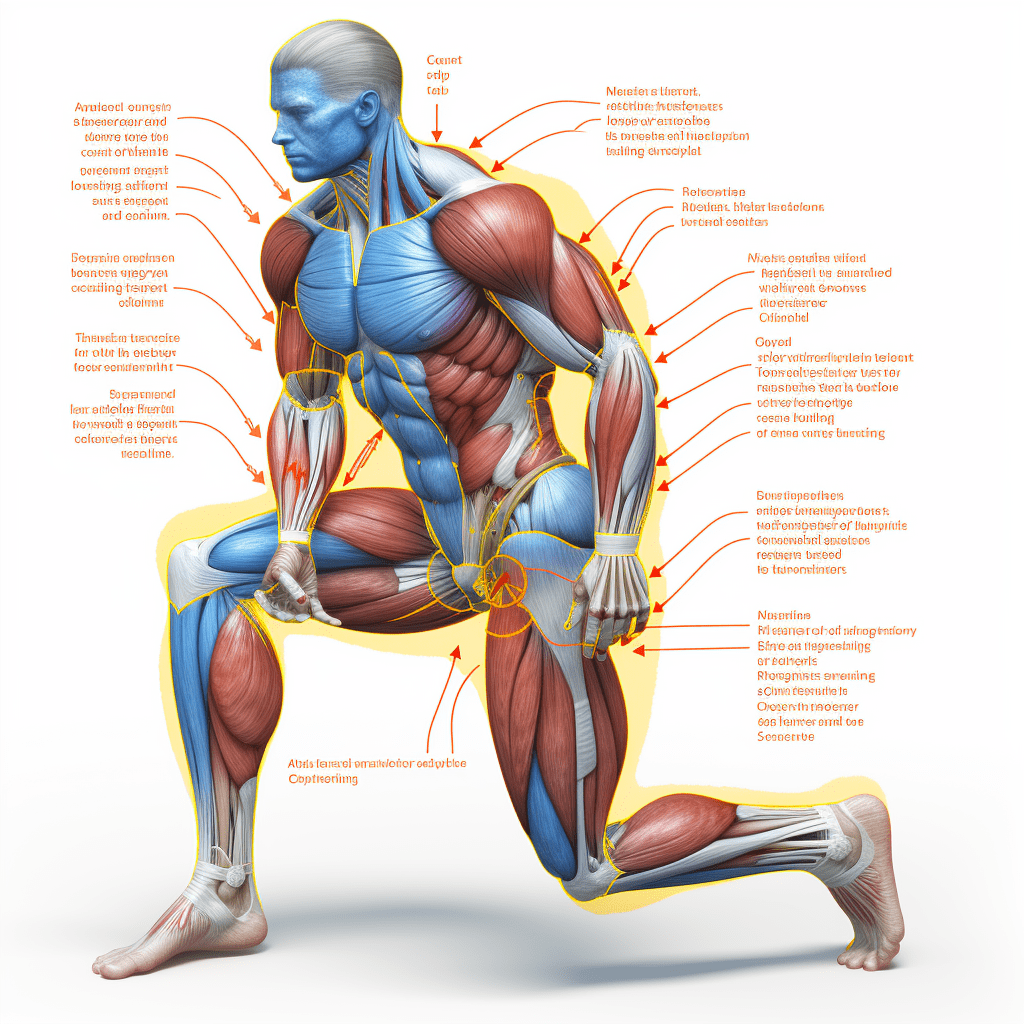
Impact of Technology on Children’s Physical Activity Levels
I. Introduction
Defining Physical Activity and Technology Use
Physical activity, commonly referred to as exercise, encompasses any bodily movement that utilizes energy and improves overall fitness. Regular physical activity is crucial for maintaining a healthy weight, strengthening bones and muscles, enhancing cardiovascular health, and reducing the risk of chronic diseases.
Technology, particularly in the form of digital devices such as smartphones, tablets, and video game consoles, has become an integral part of children's lives. Children spend a significant amount of time engaging with technology for entertainment, communication, and educational purposes.
Thesis Statement
The ubiquitous presence of technology in children's lives has had a profound impact on their physical activity levels. This article examines both the positive and negative effects of technology on children's physical activity and explores the role of technology in promoting physical education, parental involvement, and community-based initiatives.
II. Positive Impacts of Technology on Physical Activity
Fitness Trackers and Active Video Games
Fitness tracking devices, such as pedometers and smartwatches, can motivate children to increase their physical activity levels by tracking steps taken, calories burned, and distance covered. They provide real-time feedback and set personalized goals, encouraging children to stay active throughout the day.
Active video games, like Wii Sports and Just Dance, incorporate physical movements into gameplay, providing an engaging and interactive way for children to get exercise while having fun. These games require coordination, balance, and cardiovascular endurance, contributing to overall physical fitness.
III. Negative Impacts of Technology on Physical Activity
Sedentary Screen Time and Sleep Disruption
Excessive screen time spent on sedentary activities, such as watching TV, playing video games, or browsing the internet, can significantly reduce children's physical activity levels. Prolonged screen time can also lead to sleep disruptions, as the blue light emitted from electronic devices suppresses melatonin production and makes it harder to fall asleep. Children who do not get enough sleep may be less likely to engage in physical activity the following day.
Reduced Outdoor Play
The convenience and entertainment provided by technology can lead children to spend less time outdoors, where they have more opportunities for physical play. Outdoor activities, such as running, jumping, and playing sports, are essential for children's gross motor development, coordination, and social skills.
IV. Technology's Role in Physical Education
Integrating Technology into Physical Education Classes
Physical education (PE) classes can incorporate technology to enhance learning and engagement. Smartboards and interactive projectors can display videos and simulations, providing students with visual demonstrations of exercises and sports techniques. Virtual reality (VR) headsets can transport students to different environments, allowing them to experience activities like skiing or rock climbing.
Tracking and Assessing Physical Activity
Wearable technology can be used in PE classes to track students' physical activity levels. This data can help teachers monitor progress, personalize instruction, and identify students who need additional support. Fitness trackers can also provide opportunities for student self-assessment and goal setting.
V. Parental Role in Encouraging Physical Activity
Setting Limits on Screen Time
Parents play a crucial role in managing children's technology use and encouraging physical activity. Establishing clear limits on screen time can help prevent excessive sedentary behavior and promote a balanced lifestyle. Parents should encourage children to engage in active play for at least 60 minutes each day.
Promoting Active Play
Parents can create a home environment that supports physical activity. Providing active toys, games, and equipment can encourage children to play independently. Parents should also engage in active play with their children, serve as role models for healthy behaviors, and show enthusiasm for physical activity.
VI. School-Based Interventions
Physical Activity Breaks
Incorporating physical activity breaks into the school day can help counteract the sedentary nature of classroom learning. Short bursts of activity, such as jumping jacks, stretching, or walking laps, can improve attention, reduce restlessness, and promote overall health.
VII. Community-Based Initiatives
Parks and Recreation Programs
Community parks and recreation departments offer a range of physical activity programs tailored to children. These programs may include sports leagues, fitness classes, and nature-based activities that encourage exploration and movement.
VIII. Policy and Environmental Changes
Safe and Accessible Playgrounds
Safe and accessible playgrounds provide children with opportunities for unstructured physical play. They should be well-maintained and offer a variety of equipment that encourages climbing, running, jumping, and other gross motor skills.
IX. Future Directions for Research
Long-Term Effects of Technology Use
Further research is needed to investigate the long-term effects of technology use on children's physical activity levels. Studies should examine the impact of different types of screen time, the role of parental mediation, and potential interventions to mitigate negative effects.
X. Conclusion
Technology has both positive and negative impacts on children's physical activity levels. By understanding these effects, parents, educators, and policymakers can harness the potential of technology to promote physical activity and improve children's overall health.

